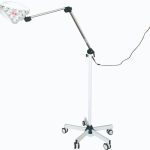LED Lifespan Unveiled: How Long Does an LED Light Bulb Last?
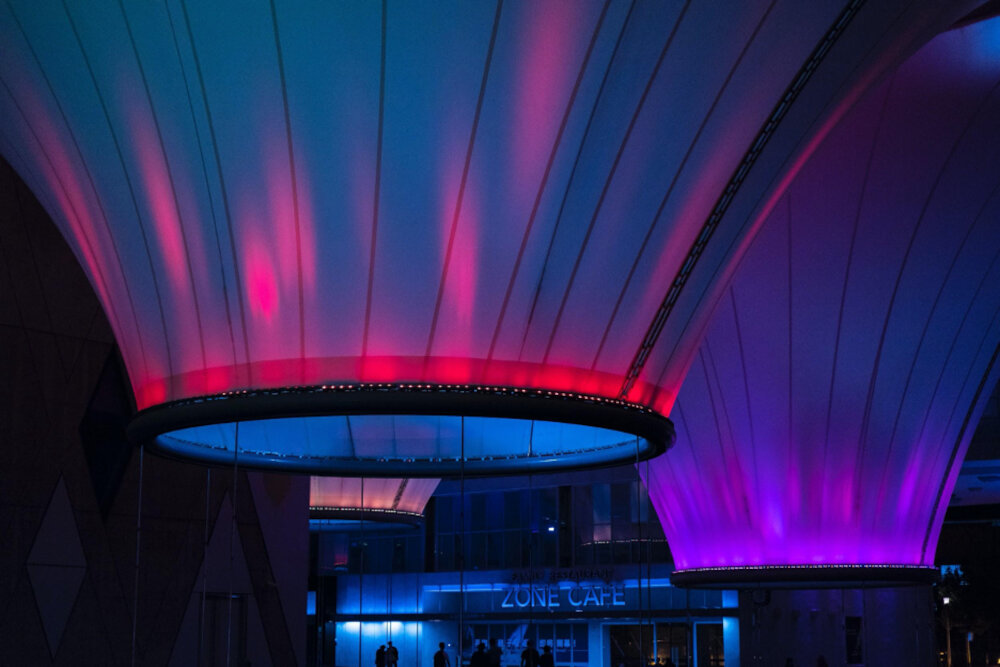
As the world continues to shift towards energy-efficient lighting, the LED light bulb has emerged as one of the most popular options in the market. Aside from its energy-saving benefits, LED bulbs are also known for their longevity. In fact, the lifespan of an LED bulb is often touted as one of its most significant advantages over traditional incandescent bulbs. However, despite the widespread adoption of LED lighting, many people still have questions about how long these bulbs can actually last. To shed light on this topic, we will delve into the lifespan of LED bulbs and explore the factors that can affect their longevity. We will also take a closer look at the various types of LED bulbs available in the market and the different applications that they are best suited for. Additionally, we will examine the cost-benefit analysis of investing in LED bulbs and how their lifespan can impact their overall economic value. By the end of this discussion, readers will have a better understanding of the lifespan of LED bulbs and the factors that can influence their durability.
LED lights, or Light Emitting Diodes, have become increasingly popular in recent years due to their energy efficiency, long lifespan, and versatility. Unlike traditional incandescent bulbs, which produce light by heating a wire filament until it glows, LEDs produce light through the movement of electrons in a semiconductor material. This process requires far less energy, making LED lights up to 80% more efficient than incandescent bulbs. Additionally, LED lights can last up to 25 times longer than traditional bulbs, reducing the need for frequent replacements and lowering long-term maintenance costs. With their energy efficiency and extended lifespan, it’s no wonder that LED lights have become the preferred lighting choice for homeowners and businesses alike.
Understanding the lifespan of an LED light bulb is crucial in making informed decisions about lighting choices. LED bulbs are known for their energy efficiency and durability, but their lifespan can vary greatly depending on various factors such as usage, temperature, and quality of materials used. Knowing the lifespan of an LED bulb can help in budgeting for replacement costs and reducing maintenance expenses. Additionally, it can aid in making environmentally conscious choices by reducing the amount of waste produced by frequent replacements. Therefore, having a good understanding of the lifespan of an LED bulb is essential in making informed and responsible choices for both personal and environmental well-being.
What is LED Lifespan?
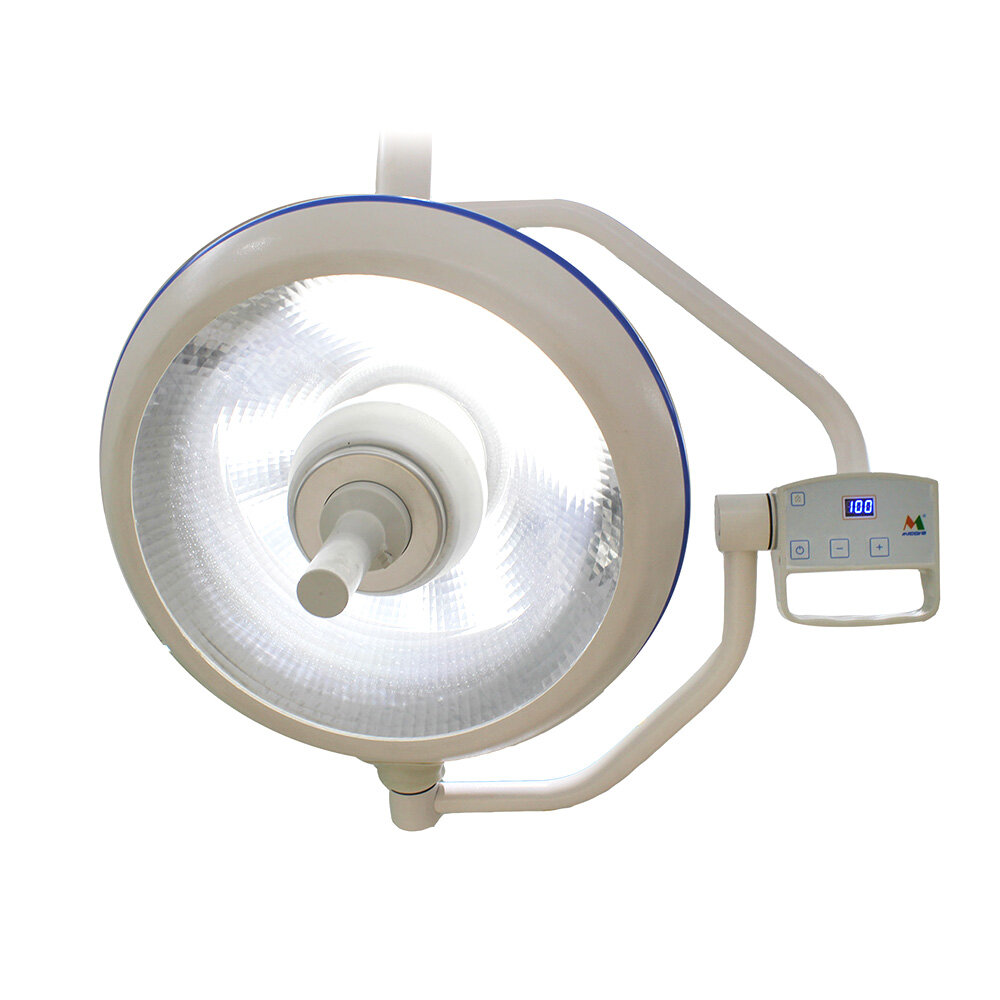
LED Lifespan refers to the length of time that an LED light bulb can operate before it starts to lose its brightness and eventually fails. It is a critical factor to consider when purchasing LED bulbs. Unlike traditional incandescent bulbs, LED bulbs do not burn out suddenly but rather gradually lose their brightness over time. Therefore, it is essential to understand the LED lifespan to ensure that you get the most out of your investment. LED lifespan is affected by several factors, including the quality of the bulb, operating conditions, and usage patterns. High-quality LED bulbs typically have a longer lifespan than low-quality bulbs, with some bulbs lasting up to 50,000 hours. Operating conditions such as temperature, humidity, and voltage stability can also affect the lifespan of an LED bulb. Additionally, the usage pattern, such as the frequency of turning on and off the bulb, can also impact the lifespan. In general, LED bulbs with longer lifespans tend to be more expensive, but they can save you money in the long run by reducing the frequency of bulb replacements.
LED lifespan refers to the amount of time an LED light bulb can function before its brightness and performance begin to degrade. Unlike traditional incandescent bulbs, which typically last for only a few thousand hours, LEDs have a much longer lifespan, usually ranging from 25,000 to 50,000 hours. This means that an LED bulb can provide many years of energy-efficient lighting, even when used for several hours a day. Factors that can affect the lifespan of an LED bulb include the quality of its components, the level of heat generated during operation, and the operating environment, such as humidity or vibration. By understanding the factors that affect LED lifespan, consumers can make informed decisions when selecting LED bulbs for their homes or businesses.
There are several factors that determine the lifespan of an LED light bulb, including the quality of the materials used, the operating temperature, and the amount of power it consumes. LED bulbs are sensitive to heat, and excessive heat can cause them to deteriorate faster, reducing their lifespan. Additionally, the quality of the materials used in the construction of the bulb can impact its longevity. Some manufacturers use inferior materials to cut costs, which can result in a shorter lifespan. Lastly, the amount of power that the bulb consumes can also play a role in its lifespan. LED bulbs that are designed to run at lower power levels tend to last longer than those that are designed to run at higher power levels. Overall, it is essential to consider these factors when purchasing LED bulbs to ensure that you get the maximum lifespan out of your investment.
When compared to traditional light bulbs, LED bulbs have a much longer lifespan. While an incandescent bulb may last only a few thousand hours, an LED bulb can last up to 50,000 hours or more. This is due to the fact that LED bulbs are much more efficient in converting electricity into light, resulting in less heat and wear and tear on the bulb. Additionally, LED bulbs do not contain fragile filaments, which are often the first component to fail in traditional bulbs. This means that LED bulbs are not only longer-lasting, but also more durable and resistant to damage from shocks or vibration. Overall, the benefits of LED technology make it a more cost-effective and sustainable choice for lighting.
Expected LED Lifespan
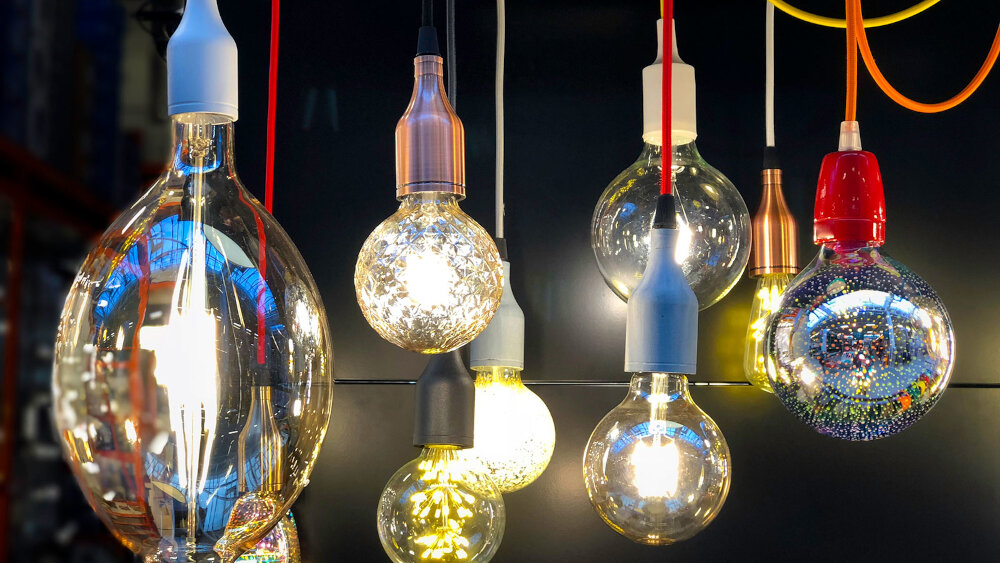
LED lifespan is an essential factor to consider when it comes to choosing lighting fixtures for your home or business. LEDs are known for their durability and energy efficiency, making them a popular choice for many people. The expected LED lifespan can vary depending on various factors, such as the quality of the LED, usage, and maintenance. However, on average, an LED light bulb can last up to 25,000 to 50,000 hours, or even more. One of the primary factors that determine the LED lifespan is the quality of the LED. High-quality LEDs are designed to last longer and perform better than their low-quality counterparts. Additionally, the usage and maintenance of the LED also play a significant role in its lifespan. If an LED is frequently used for extended periods or in hot environments, it may not last as long as one that is used for shorter periods or in cooler environments. Proper maintenance, such as cleaning and regular inspections, can also help extend the LED lifespan. By understanding these factors, you can make an informed decision when choosing LED lighting fixtures for your home or business.
The average lifespan of LED light bulbs is significantly longer than traditional incandescent bulbs, lasting up to 25,000 hours or more. LED bulbs use a semiconductor to produce light, which drastically reduces the amount of heat produced compared to incandescent bulbs. This makes them more energy-efficient and durable, as they are less likely to burn out or break due to heat damage. Additionally, LED bulbs are not affected by frequent on/off switching, making them ideal for use in areas where lights are frequently turned on and off. With their long lifespan and energy efficiency, LED bulbs are a great investment for both residential and commercial use.
The lifespan of an LED bulb can vary significantly based on two key factors: usage and quality. LED bulbs are known for their longevity, with some models boasting lifespans of up to 50,000 hours or more. However, the actual lifespan of a bulb will depend on how it is used and the quality of its construction. Factors such as operating temperature, frequency of use, and voltage fluctuations can all impact the longevity of an LED bulb. Furthermore, the quality of the materials and components used in the bulb’s construction can also play a significant role in determining its lifespan, with higher-quality bulbs typically lasting longer than their lower-quality counterparts. Ultimately, it’s important to choose an LED bulb that is designed and constructed to withstand the demands of your specific lighting needs in order to maximize its lifespan and ensure optimal performance.
Compared to traditional light bulbs, LEDs offer numerous advantages. LED light bulbs have a significantly longer lifespan, consuming less power and producing less heat, while still providing the same level of brightness. Unlike incandescent bulbs, which lose up to 90% of their energy as heat, LED bulbs are cool to the touch and do not emit harmful UV radiation. Furthermore, LEDs are more durable and resistant to breakage, making them a safer choice for households with children or pets. While the initial cost of LED bulbs may be higher than traditional bulbs, their extended lifespan and energy efficiency make them a more economical choice in the long run.
How to Extend LED Lifespan
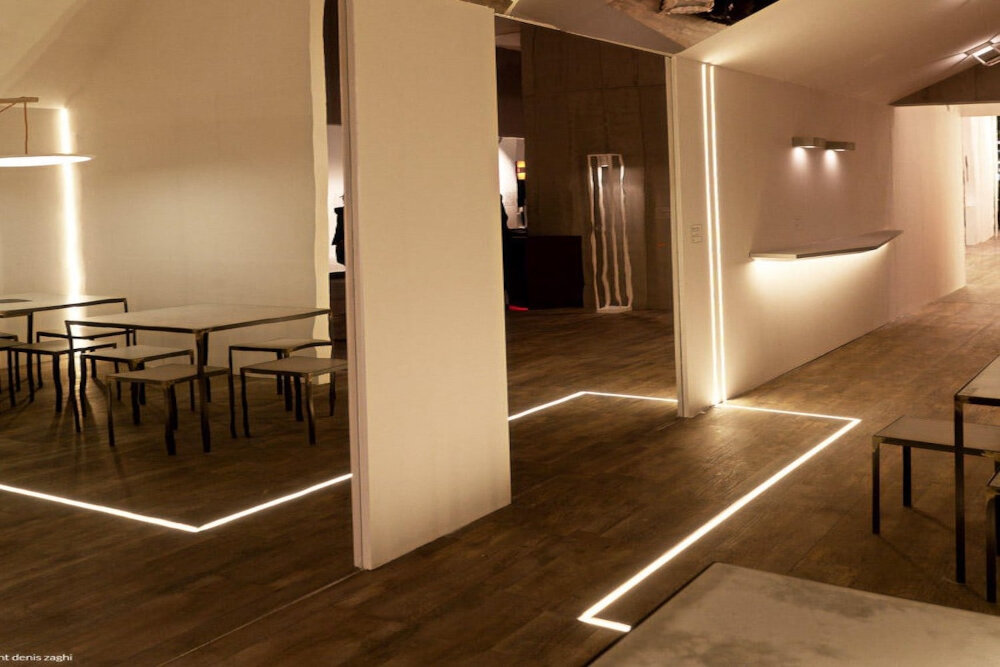
LED (Light Emitting Diode) technology has revolutionized the lighting industry by providing an energy-efficient and long-lasting lighting solution. However, despite their long lifespan, LEDs can still fail prematurely due to a variety of factors. To extend the life of your LED lights, there are a few key things to keep in mind. Firstly, it is important to choose high-quality LED lights that are designed to last. Cheaper, low-quality LEDs may have a shorter lifespan and may not be able to withstand the wear and tear of everyday use. Additionally, it is important to ensure that the LED lights are installed correctly and used in the appropriate environment. For example, using outdoor LED lights indoors can result in premature failure due to the difference in temperature and humidity levels. By selecting high-quality LED lights and ensuring they are installed and used correctly, you can extend their lifespan and maximize their efficiency. Another important factor in extending the lifespan of LED lights is proper maintenance. Regular cleaning of the lights can prevent dust and dirt buildup, which can cause the lights to overheat and fail prematurely. Additionally, it is important to avoid overloading the LED lights with too much voltage or current, which can cause them to burn out. By following these simple tips, you can extend the lifespan of your LED lights and enjoy their energy-efficient and long-lasting benefits for years to come.
LED light bulbs are a great investment for any home or business due to their energy efficiency and long lifespan. However, there are several tips that can help you increase the lifespan of your LED bulbs even further. Firstly, it’s important to choose high-quality bulbs from reputable brands that have been tested for durability. Secondly, avoid using LED bulbs in enclosed fixtures or areas with poor ventilation, as this can cause them to overheat and fail prematurely. Thirdly, turn off the lights when not in use to reduce their usage time and extend their lifespan. Lastly, avoid handling the bulbs with bare hands as oils from your skin can damage them, use gloves or a cloth instead. By following these tips, you can ensure that your LED light bulbs last for many years, saving you money and reducing your environmental impact.
Proper usage and maintenance are crucial for maximizing the lifespan of LED light bulbs. First, it’s important to use LED bulbs in appropriate fixtures and avoid overdriving them with voltage beyond their rating. Additionally, keeping the bulbs clean from dust and dirt can prevent overheating and premature failure. It’s also advised to turn off the lights when not in use, as well as avoiding frequent on/off cycles, which can diminish the lifespan. Lastly, investing in high-quality bulbs from reputable manufacturers can provide additional peace of mind and longevity. By following these simple tips, LED light bulbs can last for tens of thousands of hours, providing energy-efficient and cost-effective lighting for your home or business.
When compared to traditional light bulbs, LED light bulbs offer much longer lifespans and greater energy efficiency. Traditional incandescent bulbs typically last only around 1,000 hours, whereas LED bulbs can last up to 50,000 hours or more. LED bulbs also consume significantly less energy than their traditional counterparts, which can result in significant cost savings over time. Additionally, LED bulbs emit less heat, making them safer and less likely to cause fire hazards. Overall, the benefits of LED bulbs make them a smart choice for those looking to reduce their energy consumption and save money on lighting costs in the long run.
Benefits of Longer LED Lifespan
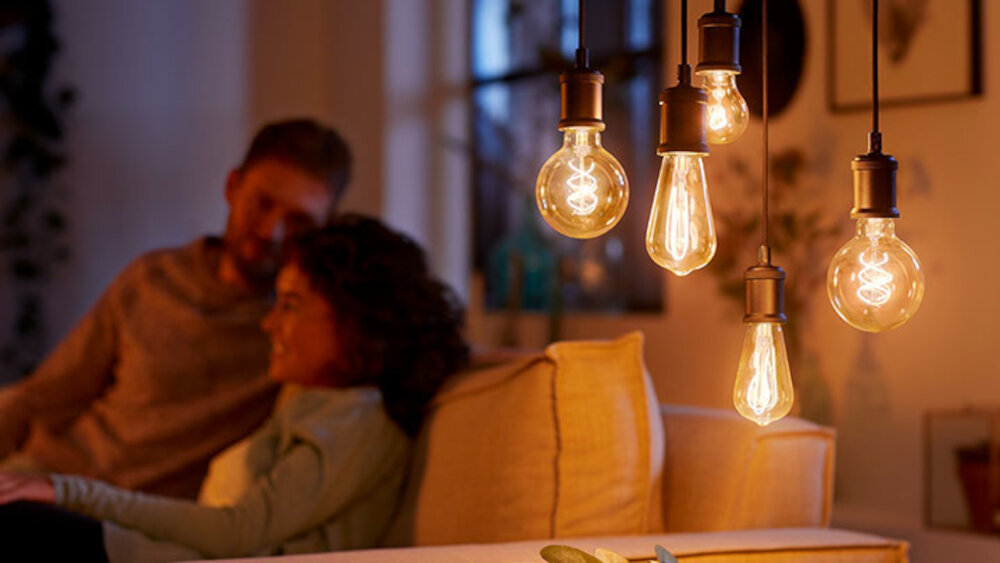
The longer lifespan of LED bulbs is a significant advantage over traditional incandescent bulbs. LED bulbs typically last up to 25 times longer than incandescent bulbs, which means that they need to be replaced far less frequently. Not only does this save you money on replacement bulbs, but it also reduces the amount of waste that is generated by discarded bulbs. LED bulbs are also more energy-efficient than other types of bulbs, which means that they use less electricity to produce the same amount of light. This makes them an environmentally friendly choice, as well as a cost-effective one. Another benefit of the longer lifespan of LED bulbs is that they require less maintenance than other types of bulbs. Because they last so much longer, you won’t have to spend as much time and money changing bulbs, which can be a particularly significant advantage in large commercial or industrial settings. Additionally, LED bulbs are more durable than incandescent bulbs, which means that they are less likely to break or fail. This can be particularly important in outdoor or harsh environments, where bulbs may be exposed to extreme temperatures or weather conditions. Overall, the longer lifespan of LED bulbs is a significant advantage that makes them a smart investment for anyone looking to save money and reduce their environmental impact.
Replacing light bulbs can be a tedious task, as well as a costly one, especially in large commercial or industrial settings. However, with the extended lifespan of LED light bulbs, the need for frequent replacements decreases significantly. This not only saves time and money on the purchase and installation of new bulbs but also reduces maintenance costs associated with the labor and equipment required for replacements. Additionally, less frequent replacements mean less waste material going to landfills, contributing to a more sustainable environment. Overall, the longer lifespan of LED bulbs offers a cost-effective and environmentally friendly solution for lighting needs.
Reducing waste not only has economic benefits but also plays a crucial role in preserving the environment. LED light bulbs have a significantly longer lifespan than traditional incandescent bulbs, which means that less waste is generated from the disposal of burnt-out bulbs. Additionally, LED bulbs consume less energy, reducing the demand for fossil fuels and decreasing greenhouse gas emissions. Proper disposal of LED bulbs also ensures that toxic substances, such as mercury, are not released into the environment. By adopting sustainable practices such as using LED bulbs, we can minimize waste and promote a healthier planet for future generations.
When compared to traditional light bulbs, LED light bulbs stand out as a much more durable and long-lasting option. LED bulbs have a lifespan that can range from 25,000 to 50,000 hours, which is significantly longer than traditional bulbs that typically only last between 1,000 to 2,000 hours. Not only do LED bulbs last longer, but they also use less energy and emit less heat, making them a more energy-efficient and eco-friendly choice. Additionally, LED bulbs offer a wider range of color options and brightness levels, giving consumers more control over the lighting in their homes or businesses. Overall, LED bulbs are a superior choice to traditional bulbs in terms of durability, efficiency, and versatility.
LED lifespan refers to the duration of time that an LED light bulb can operate before it dims or completely fails. LED lights are known for their long lifespan, with an average of 25,000 to 50,000 hours, which is significantly longer than traditional incandescent bulbs. The importance of LED lifespan lies in its cost-effectiveness and energy efficiency, as it reduces the need for frequent replacements and saves money on electricity bills. It also contributes to a more sustainable environment by reducing waste and energy consumption. Therefore, choosing LED lights with a longer lifespan is a smart investment that benefits both the environment and the wallet.
After comparing LED and traditional light bulbs, it’s clear that LED bulbs are the better option for their longer lifespan, energy efficiency, and cost-effectiveness in the long run. While traditional bulbs may be cheaper upfront, they need to be replaced much more frequently, which can add up over time. Additionally, LED bulbs are environmentally friendly, emitting less heat and containing no harmful chemicals like mercury. Overall, investing in LED bulbs is a wise decision that can save money and benefit the planet in the long run.
Conclusion
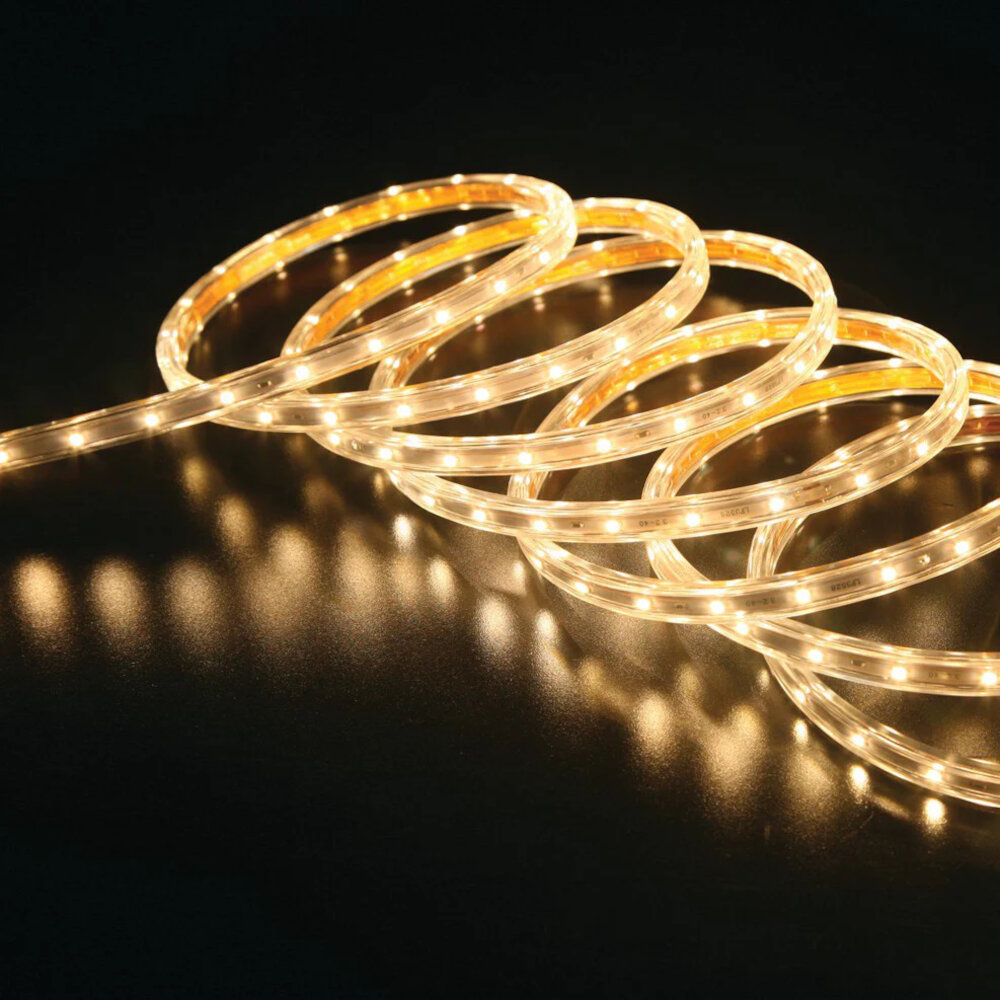
In conclusion, LED light bulbs have revolutionized the lighting industry with their incredible lifespan. These bulbs can last up to 50,000 hours, which is a significant improvement over traditional incandescent bulbs. The lifespan of an LED bulb is affected by various factors such as usage, quality, and operating conditions. It is essential to choose high-quality bulbs and use them in the right conditions to maximize their lifespan. Overall, LED light bulbs are a reliable, energy-efficient, and long-lasting lighting solution that is worth investing in for any home or business.

